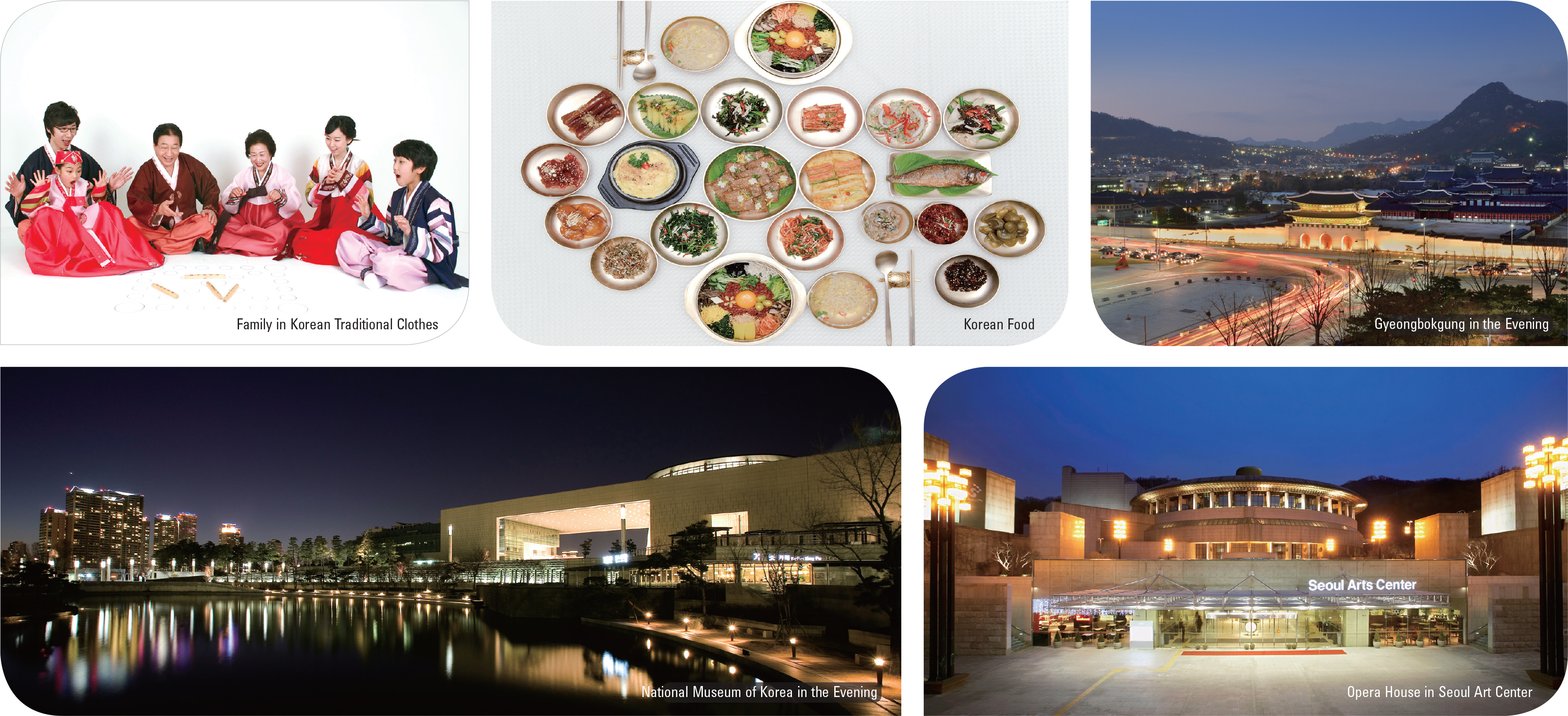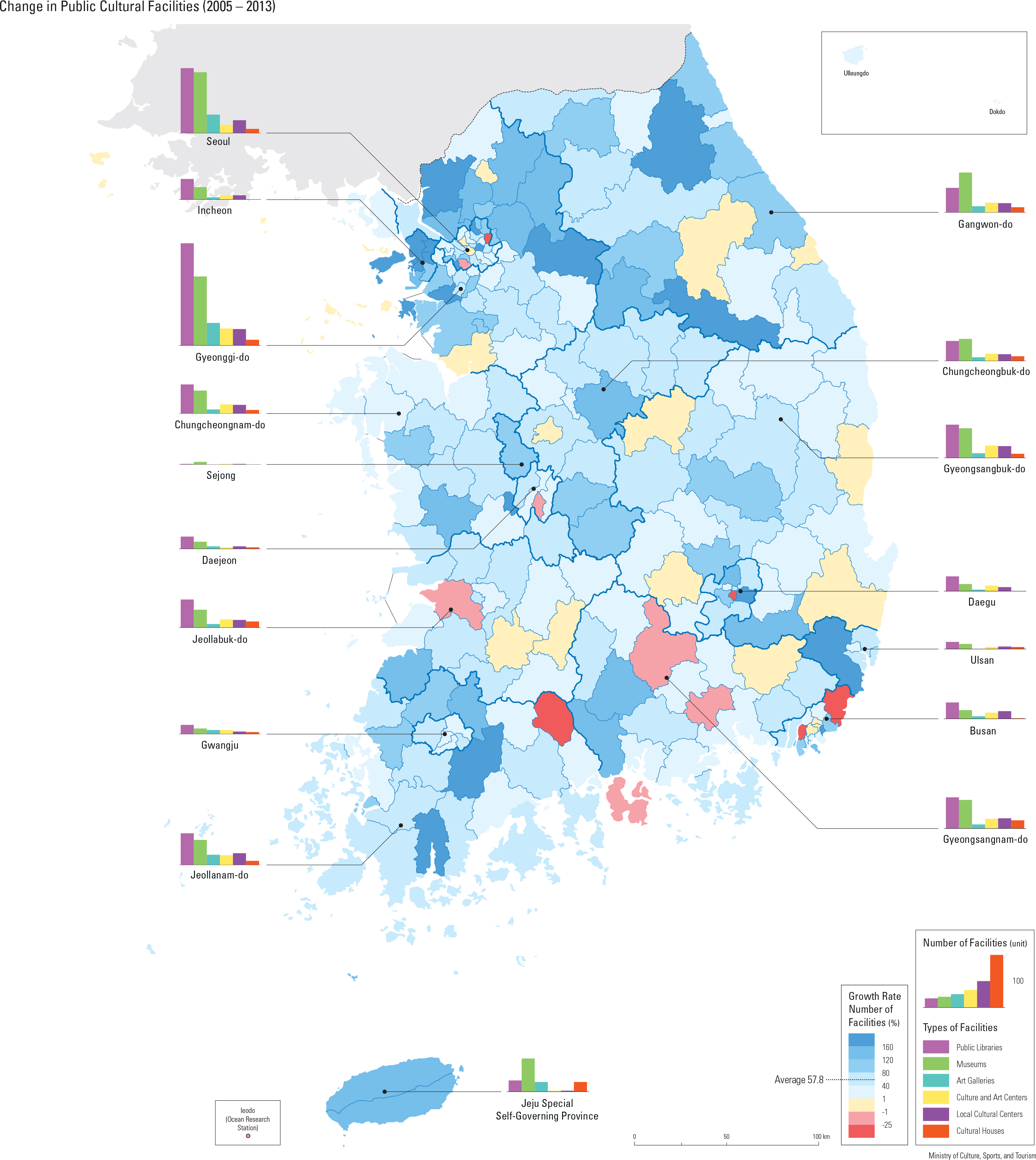English III
The Korean people have developed and maintained their unique national culture for a long time. The national culture of Korea emerged as an adaptation to the natural environment. The arrangement of mountains and plains as well as climate are the foundation of the cultural determinants of the Korean people. The Korean way of life, as represented by food, clothing, and housing, is central to understanding Korean culture. Clothing materials and the development of clothing culture, various food processing methods and new food ingredients, and harmony between nature and residential space in overcoming natural restrictions-all are components in the traditional culture that in uence the Korean way of life. However, traditional Korean culture is not confined to a way of life formed through adaptation to the environment. Traditional Korean culture shows cultural diversity that embraces both traditional heritage and other cultures. Various cultures were introduced into the Korean culture, and sometimes Korean culture has spread to the outside world; the traditional way of life changes to t the conditions of modern life. Interest in the improvement of living standards and culture are related to the growing demand for space to accommodate cultural activities and cultural diversity for the enjoyment of a variety of cultural activities, such as libraries, museums, and galleries. Additionally, facilities and spaces for movies, sports, and other physical activities have become important factors in the modern daily lives of Koreans. Overall, Korean modern life and culture have rapidly changed as cultural and recreational opportunities and venues have expanded and diversi ed.
page_2 |


